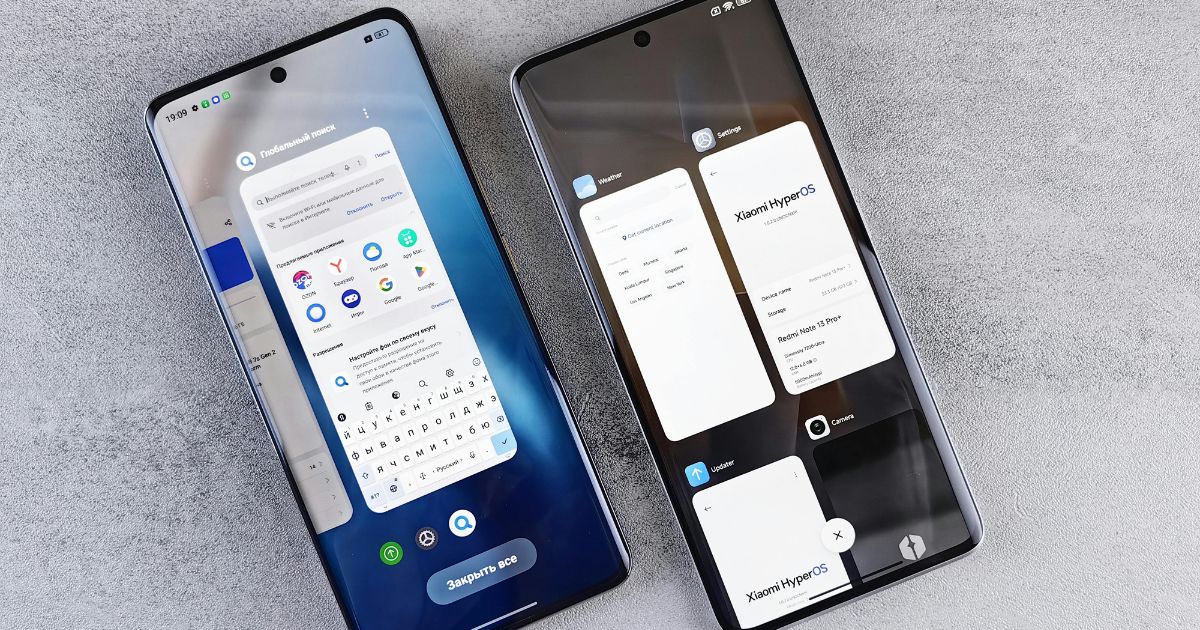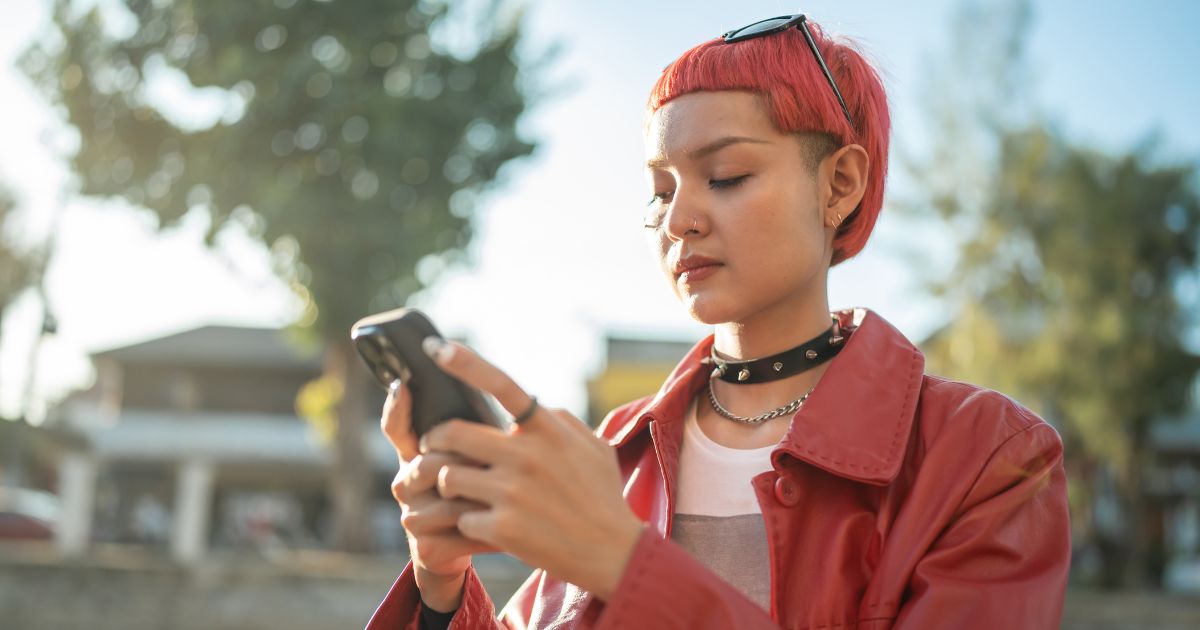Whether you're a product owner of a large organization or an investor in a startup with a unique app idea, understanding the nuances of app patents and app copyright is essential. Each form of protection offers distinct advantages and serves different purposes, making the decision between them a critical one.
This article delves into the specifics of these two intellectual property mechanisms.
Are Apps Copyrighted or Patented?
App copyright and app patents offer distinct types of protection for software developers. App copyright protects the expression of ideas, such as the source code, design, and written material within the app. It ensures that no one can copy, distribute, or create derivative works from the copyrighted material without permission.
An app patent, on the other hand, protects the underlying functional aspects and innovative processes of the app. It grants the patent holder exclusive rights to use, make, or sell the invention for a certain period, typically 20 years.
In the US, software copyright is applied to machine-readable software, covering the original code and expressive elements. Software copyright prevents unauthorized copying and distribution, benefiting both proprietary and open-source developers.
For example, copyleft licenses, which fall under copyright law, require sharing modifications with users under certain conditions. This protection ensures that developers maintain control over their software, safeguarding against unauthorized use and distribution. Without copyright, software could be freely copied and modified without any legal obligations.
What is App Store Copyright Infringement?
Copyright infringement occurs when someone uses copyrighted material without permission from the copyright holder. This includes copying, distributing, displaying, or performing the copyrighted work without authorization.
In the context of software, infringement can involve unauthorized copying or sharing of the app’s code, design, or other protected elements. This can lead to legal consequences, including lawsuits, fines, and injunctions to stop the infringing activities.
Copyright infringement not only violates the rights of the original creator but also undermines the potential revenue and control they have over their intellectual property.
Patenting Your App
Patenting your app can be a complicated process, but we have compiled some fundamental information so that you may understand the process better.
Can You Patent an App Idea?
You cannot patent an app idea itself; patents are granted for specific implementations and innovations, not abstract ideas. To patent an app, you need to demonstrate that it offers a novel, non-obvious, and useful process, machine, or method. This means the app must have a unique technical solution or a distinct way of solving a problem.
Merely having an idea for an app is insufficient; you must provide detailed documentation of the app's functional aspects and how it works to be eligible for a patent. This ensures the patent protects the specific application of the idea, not the idea alone.
How to Patent an App
While you cannot patent an app idea, you can patent a developed mobile app. Here are the steps involved in patenting an app.
- Determine patent eligibility: ensure your app meets the requirements for a patent. It must be novel, non-obvious, and useful. This typically involves having a unique technical solution or innovative process within the app.
- Conduct a patent search: perform a thorough search to confirm that your app's innovation hasn't already been patented. This can be done through databases like the USPTO (United States Patent and Trademark Office) or by hiring a patent attorney.
- Document your invention: prepare detailed documentation of your app, including how it works, the problem it solves, and its unique features. Include diagrams, flowcharts, and descriptions of the technical aspects and functionalities.
- File a provisional patent application (PPA): a PPA allows you to secure a filing date and claim ‘patent pending’ status. It’s less formal and cheaper than a non-provisional patent application, providing a 12-month period to refine your app and gather more data.
- File a non-provisional patent application: this is the formal patent application submitted to the USPTO. It includes detailed claims, specifications, and an oath or declaration. A patent attorney can assist in drafting and filing this application to ensure it meets all legal requirements.
- Respond to USPTO communications: after filing, the USPTO may request additional information or clarification. Respond promptly to avoid delays in the examination process.
- Obtain patent approval: if the USPTO approves your application, your app's invention will be granted a patent, providing exclusive rights to use, make, and sell the patented invention for up to 20 years from the filing date.
App Patents Costs
The expenses and costs involved in patenting an app can vary, but here are some costs to keep in mind when planning for this.
- Patent search: conducting a thorough patent search to ensure your app's innovation is unique can cost anywhere from a few hundred to several thousand dollars ($300—$3,000), depending on whether you do it yourself or hire a professional.
- Provisional patent application filing fee: filing a PPA with the USPTO costs between $65 and $300, depending on the entity size (micro, small, or large).
- Non-provisional patent application filing fee: the fee for filing a formal, non-provisional patent application ranges from $400 to $800, again depending on the entity size.
- Patent attorney fees: hiring a patent attorney to draft and file the application, and to handle communications with the USPTO, can cost between $5,000 and $15,000.
- Examination fees: These are fees for the USPTO to examine your application and can vary based on entity size, this can range from $220—$800.
- Maintenance fees: Once granted, maintaining your patent requires periodic fees, which increase over time and can total up to $7,400 over the patent's lifespan.
Mobile App Patent Example
In the competitive world of mobile applications, securing intellectual property through patents is essential for protecting innovative features and functionalities. One notable example is a patent held by the exceptionally successful mobile application, Instagram, LLC, titled ‘System and Method for Displaying a Feed of Images in an Application’ (US20160304485A1). Filed on March 26, 2015, this patent exemplifies how a mobile app can protect its unique methods and systems to maintain a competitive edge.
Instagram’s patent covers the technical aspects of presenting images in a scrollable feed within the app, allowing users to interact with images through likes, comments, and shares. This innovation not only enhances user engagement but also provides a seamless experience through dynamic content loading and real-time server communication.
By patenting this specific approach, Instagram safeguards its unique user interface and interaction methods, preventing other developers from replicating these features. This example highlights the importance and value of obtaining patents for mobile apps, ensuring that groundbreaking innovations remain proprietary and exclusive to their creators.
Here are some key features of the patent.
- Scrollable feed: the patent describes a user interface that allows users to scroll through a continuous feed of images.
- Interactive elements: it includes methods for users to engage with the images through likes, comments, and shares, enhancing user interaction.
- Dynamic content loading: the patent covers the technical process of dynamically loading and displaying new images as the user scrolls, ensuring a seamless user experience.
- Server communication: details are provided on how the app communicates with the server to fetch new images and update the feed in real time.
Copyrighting Your App
Copyrighting your app is extremely important but it can be tricky if you don’t know how it works. Here is some basic information to help you understand the mobile app copyrighting process.
Can You Copyright an App?
Yes, you can copyright an app. Copyright protection applies to the original code, design, and written content within the app. This means that the specific way the app is expressed, including its source code, user interface design, graphics, and textual elements, is protected under copyright law.
However, copyright does not cover the functional aspects or ideas behind the app. It prevents others from copying, distributing, or creating derivative works based on the protected elements without permission. To obtain copyright protection, the app's content must be original and fixed in a tangible medium, such as digital files or printed materials.
How to Copyright an App
While copyright law is complicated, there are some key steps to copyrighting an app. Here are the basic steps of copyrighting a mobile application.
- Create original content: ensure that the app’s code, design, graphics, and written material are original and fixed in a tangible medium. This means having the app’s elements saved in a digital format.
- Document your work: keep thorough documentation of the app’s development, including drafts, versions, and any other relevant materials. This helps establish your authorship and the originality of your work.
- Use copyright notices: include a copyright notice within the app and its documentation. This typically consists of the copyright symbol (©), the year of first publication, and the copyright owner's name. For example: © 2024 Your Company Name.
- Register with the U.S. Copyright Office: while copyright protection is automatic upon creation, registering your app with the U.S. Copyright Office provides legal advantages, such as the ability to sue for statutory damages and attorney’s fees in case of infringement. To register:some text
- Visit the U.S. Copyright Office’s website and complete the online registration form.
- Pay the registration fee, which is typically around $35 to $55.
- Submit a copy of the app’s code, screenshots, and other relevant materials as required by the Copyright Office.
- Receive certificate of registration: once the registration is processed and approved, you will receive a Certificate of Registration. This document serves as official proof of your copyright and enhances your legal standing in case of disputes.
App Copyrighting Costs
The expenses and costs involved in copyrighting an app can vary, but here are some costs to keep in mind so that you may effectively budget for the copyright registration process, ensuring your app’s creative elements are legally protected.
- Development costs: initial costs for creating original content, including code, design, graphics, and written material. These vary widely based on the complexity of the app and the development process.
- Copyright registration fee: registering your app with the U.S. Copyright Office involves a fee, typically ranging from $35 to $55. This fee covers the cost of processing your application and issuing a Certificate of Registration.
- Legal fees: while not mandatory, hiring a copyright attorney to assist with the registration process can ensure all legal requirements are met. Legal fees can range from a few hundred to over a thousand dollars, depending on the complexity of your case.
- Documentation and submission costs: preparing and submitting the necessary documentation, such as copies of the app’s code, screenshots, and related materials. These costs are usually minimal but should be considered.
Mobile App Copyright example
As we have already established, protecting creative elements through copyright is crucial for maintaining the integrity and value of a product. One notable example is the highly popular game Angry Birds, developed by Rovio Entertainment Corporation.
Copyright law safeguards the various original components of Angry Birds, including its code, graphics, audio, and textual content. This protection ensures that these elements cannot be copied or distributed without authorization, preserving the game's unique identity and market position.
By registering their copyright with the U.S. Copyright Office, Rovio has established legal rights that prevent unauthorized use and enable them to enforce their intellectual property rights effectively. This example underscores the importance of copyrighting an app to secure its creative assets and sustain its competitive advantage in the market.
The key copyrighted elements for Angry Birds include the following.
- Source code: the code written to develop the game, including its unique algorithms and functions.
- Graphics: the distinctive character designs, animations, backgrounds, and user interface elements that create the visual experience of the game.
- Audio: original sound effects, background music, and voice recordings used in the game.
- Storyline and text: the narrative elements, instructions, and any written content that appear within the game.
App Patents vs App Copyrights: Which is Right for You?
Organizations investing in custom mobile app development must decide between copyright, patent protection, or both based on their app's unique features. Copyright is ideal for protecting the expressive elements of an app, such as source code, graphics, audio, and text. This protection is automatic upon creation, but registering the copyright offers additional legal benefits, like the ability to sue for statutory damages.
Patents, on the other hand, safeguard the functional and technical aspects, such as innovative methods or algorithms that provide new ways of performing functions. Obtaining a patent is more complex and costly, requiring detailed documentation and proof that the innovation is novel, non-obvious, and useful. A patent grants exclusive rights for up to 20 years, preventing others from using, making, or selling the patented invention.
Organizations can seek both copyright and patent protection for comprehensive coverage. This approach is beneficial if the app includes both unique technical innovations and valuable creative content, providing a competitive edge and maximizing legal safeguards. However, they must consider the cost and complexity of obtaining patents. Consulting with intellectual property attorneys can help determine the most effective strategy, ensuring that their innovations are well-protected while balancing costs and legal requirements.
At AppIt we suggest that you strongly consider patenting and copyrighting your app, as it is always better to be safe rather than sorry. If you would like to discuss app development and which features of your app might need protection, feel free to contact us.








